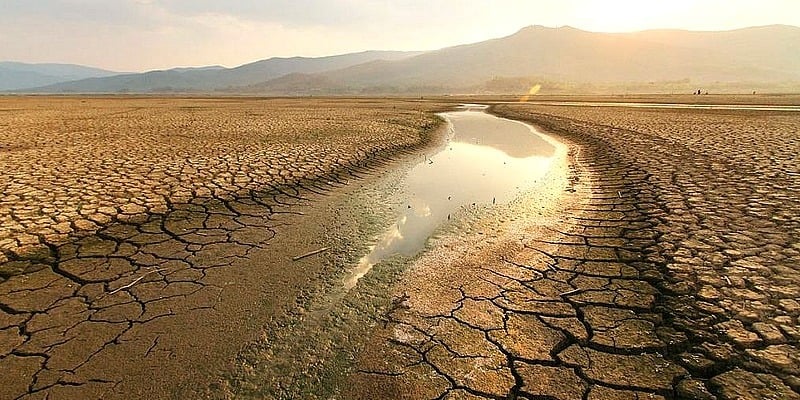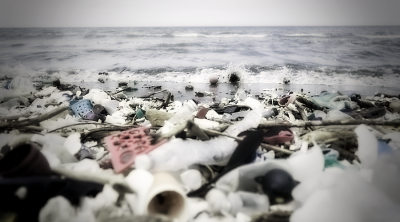PARIS: A fierce drought melted glaciers during Europe’s hottest recorded summer last year, a phenomenon that could repeat as the continent warms at nearly twice the global rate, the EU’s climate observatory said.
Two-thirds of Europe’s rivers fell below average levels and five cubic kilometers of ice disappeared from Alpine glaciers, the Copernicus Climate Change Service (C3S) said in its yearly update.
With human-caused emissions heating the planet, Europe is warming around twice as quickly as the world average — 2.2 degrees Celsius over the past five years compared to the pre-industrial era.
In 2022 it saw its second-hottest year and its hottest summer since comparable records began in the 1950s, said Copernicus, which monitors numerous climate indicators via satellites plus land- and sea-based instruments.
The forecast for 2023 remains uncertain but “with higher concentrations of greenhouse gases in the atmosphere, the probability of more warm years continues to increase,” said Samantha Burgess, deputy director of C3S.
With soils in southern Europe still “incredibly dry”, impacts will be felt this year “unless we have significant spring rainfall,” she added.
“Unfortunately the impacts are probably already in place for growing season. So we’re likely to see reduced crop production this year because of the dry winter and spring period.”
Drought in Europe
Copernicus had earlier announced that the past eight years have been the hottest on record.
It found 2022 “another record-breaking year in terms of greenhouse gases concentration, temperature extremes, wildfire and precipitation, which have all had a notable impact on both ecosystem and community all over the continent,” said C3S director Carlo Buontempo.
“We are really moving into uncharted territory.”
The continent had less snow and rain than average in winter 2021-2022, followed by prolonged heatwaves in the summer which hit the agriculture, river transport and energy sectors.

River levels were the second-lowest on record with nearly two-thirds of Europe’s rivers below their average level.
The heatwaves drove wildfires, with carbon emissions from such summer blazes the highest since 2017 across the EU.
“The lack of winter snow and the high summer temperatures resulted in a record loss of ice from glaciers in the Alps, equivalent to a loss of more than 5 km3 of ice,” the report said.
Southern Europe experienced a record number of days with “very strong heat stress” on the human body.
Emissions reductions
Copernicus said satellite measurements of major greenhouse gases in the atmosphere reached their highest level on record in 2022.
Under the 2015 Paris Agreement, countries have pledged to slash their use of fossil fuels with the aim of reaching “net zero” emissions of these gases to limit the rise in global temperatures to 1.5°C.
Global temperatures in 2022 were 1.15°C above the pre-industrial average, according to the World Meteorological Organization.
Copernicus meanwhile calculated that Europe in 2022 received its highest amount of surface solar radiation in 40 years — a boon for renewable electricity production.
The heat in non-summer months reduced demand overall for electricity as less was needed for heating, it said. In southern Europe demand rose however as people cranked up the air conditioning.
Climate think tank Ember calculated in a report this month that solar and wind energy surged to make a record 12 percent of the world’s electricity in 2022. It forecast emissions from fossil fuels would peak in 2023.
“We have many adaptation options available today by changing supply and demand,” said Daniela Schmidt, earth sciences professor at the University of Bristol, commenting on the Copernicus report.
“Some of these are investments into our infrastructure which will take lead time, but they also include teaching people and companies about land cover change, water savings and efficiency.”
ADVERTISEMENT
ADVERTISEMENT







































